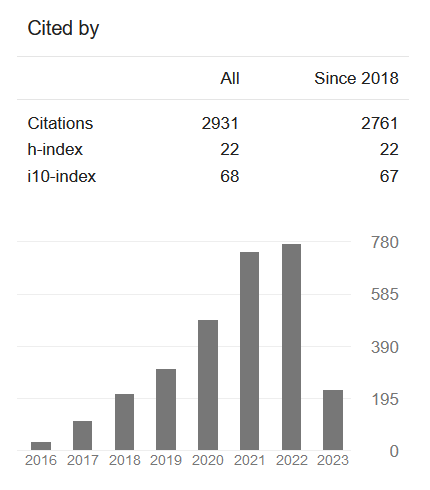Simulation of Water Proofing Building Using Poly Ethylene (PE) Sheets( Vol-2,Issue-10,October 2016 ) |
|
Author(s): Reem A. S. Ibrahim, Akram H M Ali, Isam. A. Ishag |
|
Keywords: |
|
|
HDPE (High Density Polyethylene), Bitumen, Thermoplastic booster, Waterproofing operations, Insulation material. |
|
Abstract: |
|
|
The research focused on how to use high density poly ethylene )HDPE( sheets in waterproofing operations of floor buildings (bathrooms, kitchens, basements and swimming pools), which uses Bitumen and how the Bitumen is modified by introducing some polymeric materials, until using of forced thermoplastic booster (carbon black or Fiber Glass). In insulation process HDPE sheets is placed under the concrete floor, which displays the sheet pressure and this pressure causes the stresses and deformations in the insulation material by using (solid work program) the geometric design sample dimensions were determined using stress analysis and simulation the input data are the material (HDPE) characteristics such as density, tensile strain, the poison ratio and tear resistance. The applied load on the sheet is a tile weight was analyzed by (solid work program) to determine stresses and deformations that have occurred to the insulation material. Absorption coefficient of moisture conducting test shows the HDPE has an excellent absorption properties to use in waterproofing, when using insulation material under concrete, the concrete dry out after 12 hours; which would lead to more cohesion of cement and concrete. Noting that the concrete without using insulation material will dry within 3 hours. |
|
Cite This Article: |
|
| Show All (MLA | APA | Chicago | Harvard | IEEE | Bibtex) | |
Share: |
|

 DOI:
DOI: 



























